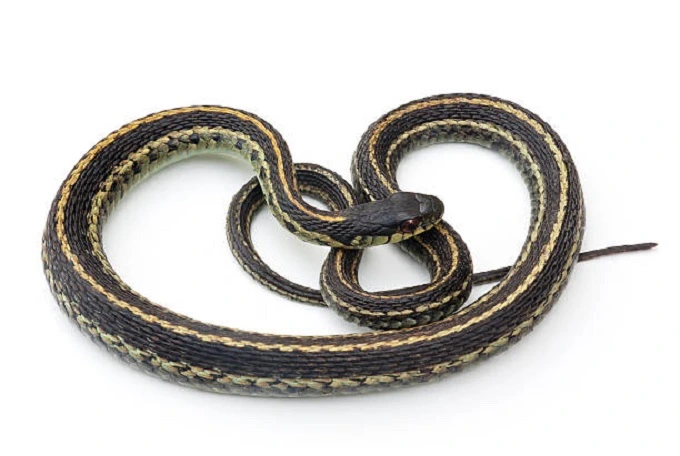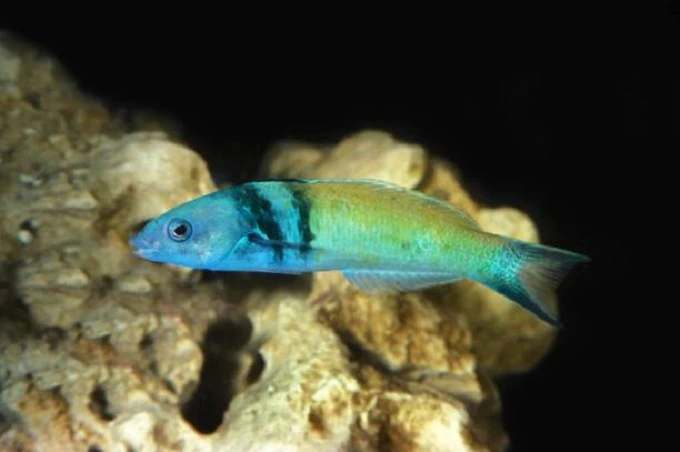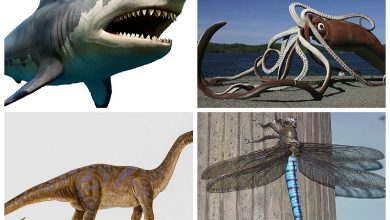Animals that change their gender

No matter how colorful and broad human imaginations are, they will never be able to compete with the incredible variety and wonder that exists in the animal kingdom. As a result, some creatures can switch their gender shouldn’t come as much of a surprise. Some people do it for entertainment, developing simply an external resemblance to members of the other gender. Others take the topic seriously and change from male to female or vice versa in an authentic manner. In science, these kinds of creatures are referred to as consistent hermaphrodites.
9 animals that change their gender
1. Green sea turtles

Climate influences the ability of female sea turtles to switch genders, although this can only happen before they give birth.
Research published in 2018 revealed that when temperatures rise, the likelihood that green sea turtle embryos in the Great Barrier Reef would change from male to female increases.
The researchers note that as a result of global warming, there is a possibility that “total feminization of this population” might occur, which is problematic information about the potential future of the species.
2. Cuttlefish

Since the beginning of human history, people have been aware of these incredible mollusks. Cuttlefish ink was used for writing throughout a significant portion of human history. Without their very little contribution, the advancement of art and science would not have been possible.
Sepia is a brown color well-known in the art world and among photographers. In the past, sepia was also derived from the secretion of the cuttlefish ink gland. The word “sepia” comes from the Latin word for the mollusk, which gives this animal its name.
It is well known that cuttlefish have the extraordinary capacity to camouflage themselves by rapidly changing the color of their skin. It’s interesting to note that male cuttlefish use this skill to compete for a female’s attention. During the courtship ritual, the male will paint one half of his body in the color of a nearby female while leaving the other half of his body in its natural state.
At the same time, he reveals his natural look to the one who has been selected, while the possible opponent perceives a woman to be standing in front of him. Because of this, cleverness considerably increases the likelihood that the relationship will be a happy one.
3. Garter snake

These close relatives of the more common snakes in the United States and Canada are native to the continent of North America. The period for courtship and mating in garter snakes coincides with the awakening of the snakes from their winter hibernation. Just as males begin to stir from their profound slumber, they begin their search for females and create “nuptial balls” around them. Concurrently, some male garter snakes learn to replicate the fragrance of females to attract them.
It has long been a mystery why they act this way. In the beginning, people believed that the scented veil gave men an edge in the competition for the attention of the fair gender. However, this turned out not to be the case. And only lately have researchers in several fields concluded that this kind of conduct is not romantic.
Snakes need time to acclimate to their surroundings after returning from winter hibernation. They are sluggish and sleepy during this time, making them an easy target for any predators that may be around. Therefore, males who are frozen will act as if they are female so that they might obtain safety and warmth in the shape of a ball of brothers who are passionate about one other.
4. Bluehead wrasse

The bluehead wrasse is a kind of fish found on the coral reefs of the Caribbean and lives in tiny social groups. It is just the male that has a blue head, which is an indication of his social dominance over a harem of females who are yellow-striped.
When this male is taken from the group, an astonishing occurrence occurs: the biggest female in the group changes into a male gender and becomes a member. Within minutes, she will completely change her behavior. Within ten days, her ovaries will change into testes that produce sp3rm, and she will get pregnant. After only 21 days, she has an entirely male appearance.
It would seem that changing between sexes also brings about certain behavioral changes. Later research conducted in 2013 concluded that female bluehead wrasses, while going through the process of sex transition “show fast increases in aggressive and male-typical courting behavior.”
5. Hyena

Even though it looks like other members of the wolf family, the hyena is more closely related to cats than any other member of the wolf family. Even the ancient Greeks believed that they could change gender, fascinate others with just a look, and have the desire to dig up graves in quest of food. They also believed that they could hypnotize others. When it comes to all of this, the arguments about the love of carrion and, weirdly enough, the capacity to change gender include a kernel of truth in each one.
Hyenas have a matriarchal social structure, meaning that the females, who are bigger and more aggressive than the males, take the lead in the pack. The amount of testosterone in their blood is so high that it is reflected in the appearance of the genitals: the labia have grown together to form what appears to be a scr0tum, and the size of the clit0r!s is comparable to that of a male’s pen!s. This was a direct result of the high level of testosterone in their blood. Because of the high degree of similarities with male gen!tal organs, distinguishing a male from a female is not as simple as one would think. By the way, the origin of the urban legend that hyenas are homosexual may be traced back to this phenomenon.
Because of the particular configuration of the gen!tals, the process of birthing in hyenas is fraught with a great deal of difficulty. It very often results in the death of both the mother and the baby. As a result, the significance of this experiment that nature has performed is still not evident.
6. Clownfish

There is some truth to the rumour that the legendary Nemo and his relatives can transform into females. Clownfish are social fish that live in groups with established social orders. The dominant pair, accountable for the family’s continued existence, sits atop the family hierarchy. The other members of the pack are all males. To prevent the leader from becoming envious of his lover, they have restrained their physical development so that they are substantially smaller than the leader.
In the case that a breeding male passes away, another male from the “reserve players” steps in to take his position. If anything unfortunate occurs to a female, her ex-husband will change into the other gender, and his new companion will grow to become the most physically dominant of the young male. Therefore, it would be mom’s responsibility to educate and hunt for Nemo rather than dad’s properly.
7. The bearded dragons

This is due to the planet’s increasing temperature. A study published in the journal PLOS One found that the bearded dragon, the most common type of reptile to be kept as a pet, can change its gender through 2 different sets of genes. This can occur either through the presence of sex chromosomes or through exposure to high temperatures.
ZW chromosomes are only found in female dragons, whereas ZZ chromosomes are only seen in male dragons. However, a too high temperature might cause the male bearded dragon’s chromosomes to run in the other direction, turning them into females before they have even hatched.
But bearded dragons aren’t the only animals that can change their appearance to fit a different gender. Some animals can change their gender in response to environmental stimuli or for no apparent reason.
8. Crepidula fornicata

Crepidula fornicata was unintentionally brought to Europe. These molluscs had no natural predators in the area, so they swiftly multiplied and were a problem for the oyster fields.
The slipper limpet has a sedentary lifestyle, spending their time building colonies in the shape of pyramids on stones and oyster shells. The people who are the youngest and who are invariably males may be found at the very top of the pyramid. And the core of the group consists of women of a certain age. Male slipper limpet gives birth to their offspring, who subsequently undergo a metamorphosis into females. As a result, the molluscs located in the pyramid’s centre section are at various phases of the process of changing s3xes.
9. Common reed frogs

The common reed frog is a species of tree frog in the family Hyperoliidae found mostly in east and central Africa.
According to the findings, protogyny occurred in seven out of twenty-four female frogs that were used for research. Protogyny is a unique type of s3xual change. According to reports, this happens when the proportion of males to the total population in a certain population is too high.
Even more alarming is the possibility of humans promoting sexual dimorphism in frogs. Research conducted in 2010 discovered that the pesticide Atrazine changed the sexual orientation of one out of every ten frogs exposed to it, in addition to emasculating three-quarters of the remaining frogs.
Its natural habitats are subtropical or tropical dry forest, subtropical or tropical moist lowland forest, subtropical or tropical moist montane forest, dry savanna, moist savanna, tropical dry shrubland, subtropical or tropical moist shrubland, or tropical seasonally wet or flooded etc.




